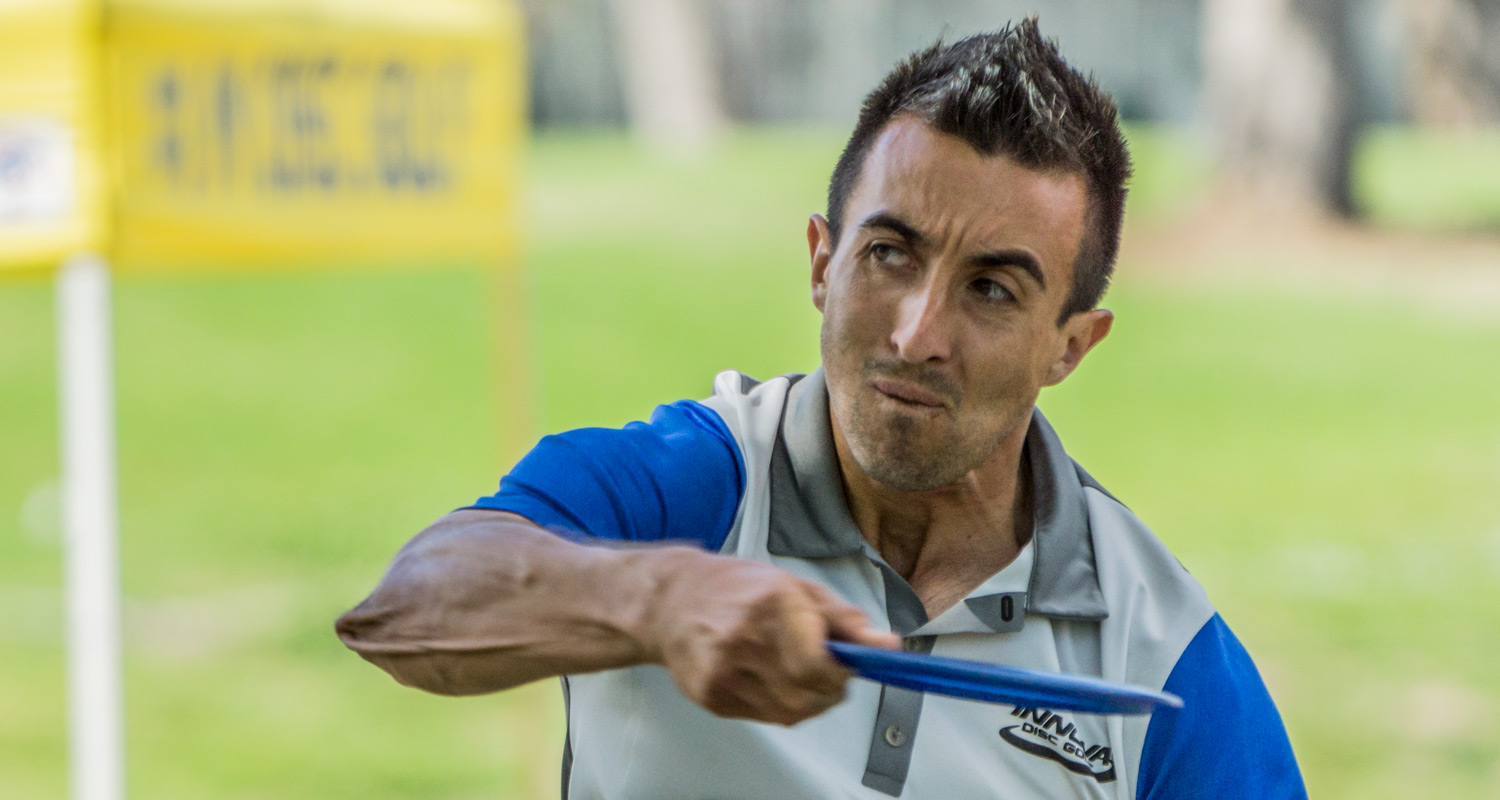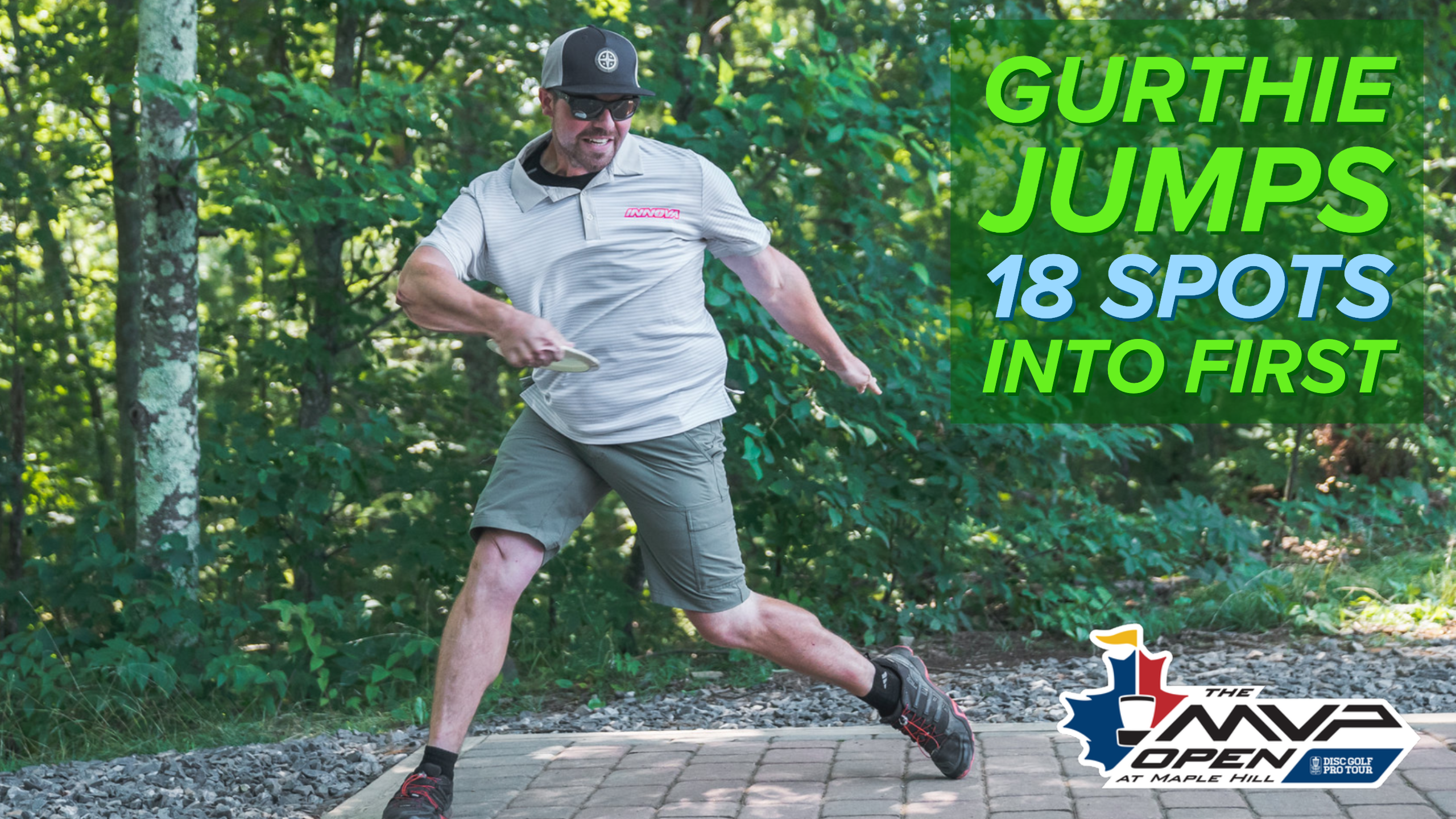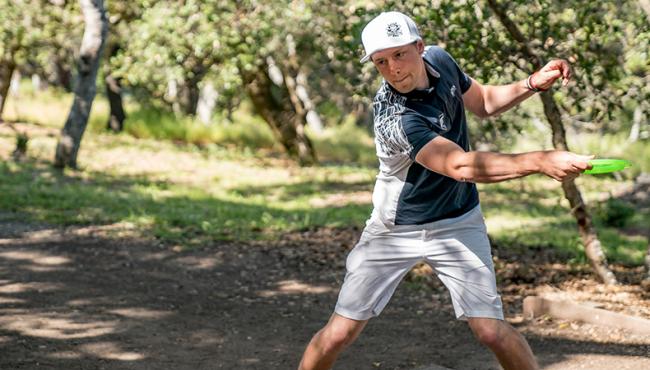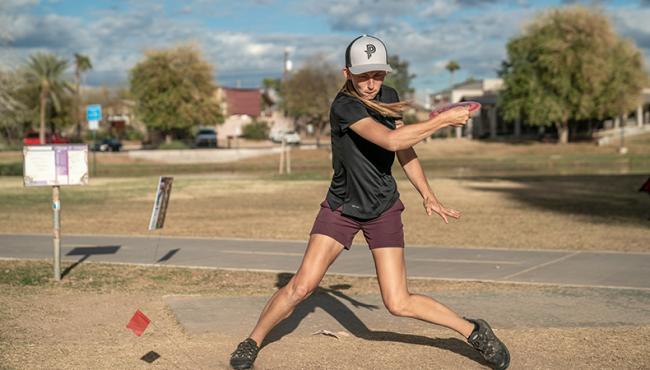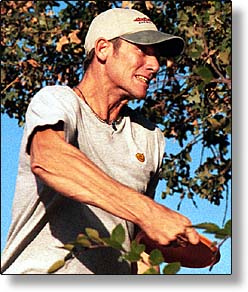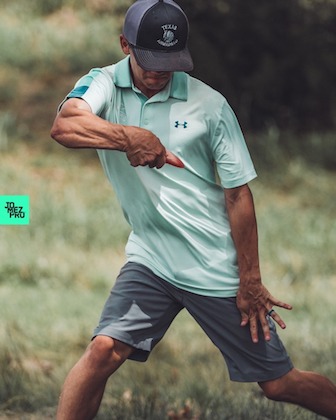I am teaching my 6 yo son how to hit, and something from youtube struck me, this idea that keeping your elbow up when hitting allows you to "pull back" on your oblique sling. That isn't exactly what the guy said but it seemed to logically extend. Has anyone attempted to gain some benefits from raising up the off arm on a backhand?
The counter to this is raising the lead arm on a forehand, which also seems to lend some beneficial muscle fascia tension in baseball for pitchers (above). Almost all pitchers seem to counterbalance their throwing arm with a high and back lead arm position. SW22 seems to do this exactly like a pitcher would naturally in his FH, while most pros do a less dramatic, lower arm slot move.
How much does the off arm impact the ability to load the throwing arm?



